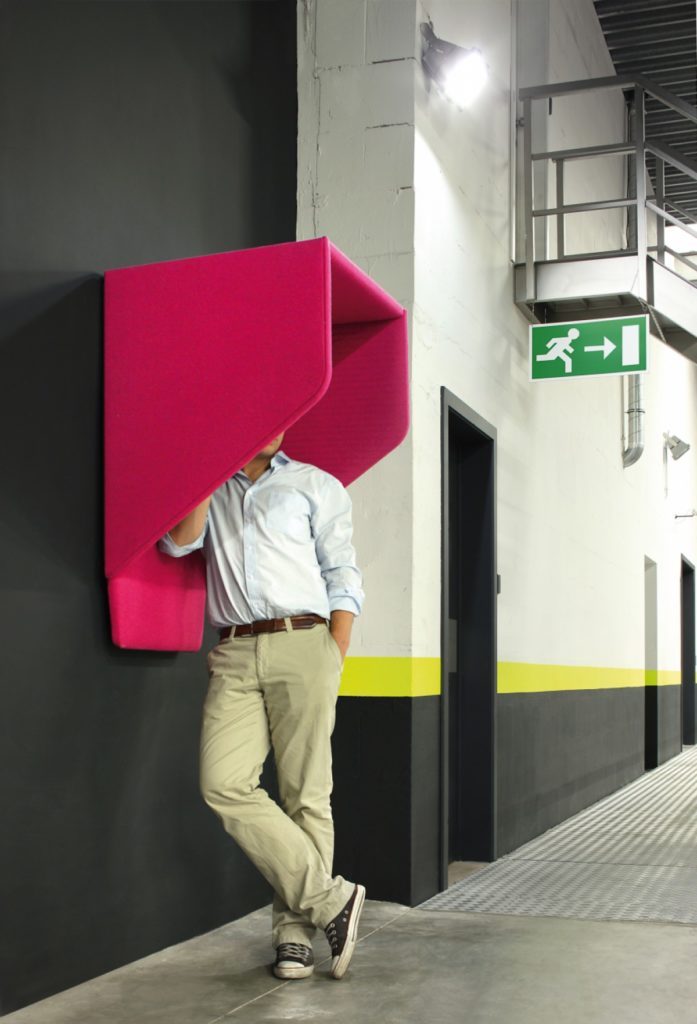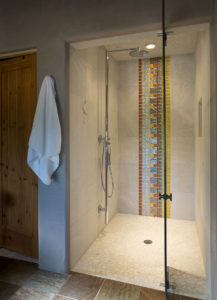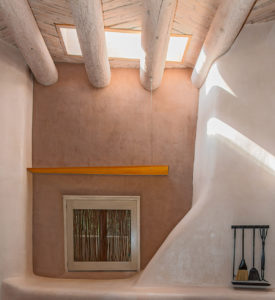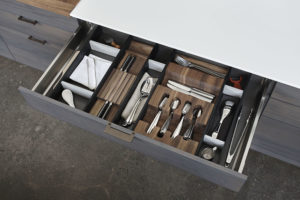Gather ‘Round

Granted, some are more prone to conversation than others, or others must definitely be in ‘the mood’ for one. There is also the proverbial “right time, right place” aspect. The right place, or further, right space, is where we come in.
We have all experienced being in a restaurant, office or other public space trying to have a meeting or conversation or to just think, and someone in another party has raised their decibel level beyond acceptance, or chosen to carry on matters that you need not be privy to. As interior designers, we are often presented with the challenge of addressing such spaces. Conditions must be created such that others are affected as little as possible where conversations can ideally and naturally take place.
Privacy is paramount. Conversations of an immediate nature cannot help but be had in the public sphere sometimes. The provision of quite zones where they can take place in private is a consideration given more and more. The passe' phone booth has now become a coveted, buffered container for privacy. Commercial furnishings offer multiple options for having personal conversation in an open space. Segregation can be easily created with the use of felt dividers on desks and counters, quiet rooms, floating felt partitions or shrouded seating elements.
The idea of the campfire, or today’s fireplace or fire pit, for more communal, social gathering type conversation can be accommodated inside and out with thoughtfulness of furniture arrangement, flexible seating (e.g. chairs or stools that can migrate to where the action is, swivel chairs or modular seating) and proper environmental elements (i.e. warmth, lighting, acoustics, comfort). All of these can be provided with thoughtful in design and planning, so that a space is most conducive to all kinds of conversations.
Specific to the home environment, zones must be considered to create those necessary spaces that allow for privacy or, conversely, for inducing group conversation and gathering without affecting others. Often when the one-size-fits-all approach is applied to interiors, the results are unrealistic and frustrating. Elements that contribute to private conversation spaces might include: water elements providing sound buffering; thick insulated walls to reduce sound transmission; solid, well-sealed doors; and sound-absorbent materials such as rugs, carpet or upholstered furnishings. For encouraging social, lively conversations, some concepts to incorporate are: fire elements, music projection, comfortable seating and lighting and ease of access to food and beverage.
When considering floor and furniture plans for interior and/or exterior environment or residential or commercial spaces, we take into account what kinds of conversations might take place in them respectively. Then, what tools might contribute to achieving those ends. After all, only so much can be conveyed in an email.
There are social conversations, where the more the merrier and, alternately, private conversations, where security is key. There are those that want to be inspired and energized by the environment in which they are held and those that are delicate, perhaps emotional, and require a more nurturing, protective atmosphere. Regardless, there are creative design solutions to be found for all cases.


